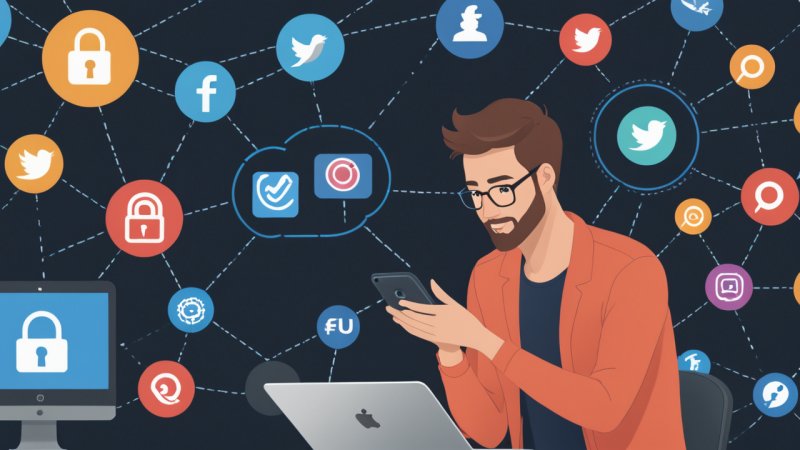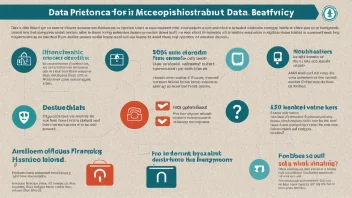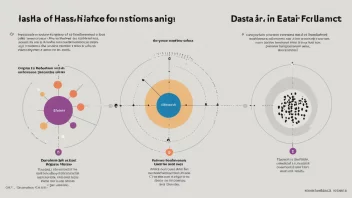In today's digital landscape, user-generated content (UGC) plays a vital role in shaping online experiences. From social media posts and comments to reviews and multimedia uploads, UGC not only enriches platforms but also fuels community interactions and drives engagement. However, the proliferation of UGC brings with it significant cybersecurity challenges. Protecting this content from unauthorized access, manipulation, or theft is paramount for maintaining user trust and platform integrity. This article explores the importance of cybersecurity in safeguarding user-generated content, discussing various threats, best practices, and the evolving landscape of cyber threats.
Understanding User-Generated Content
User-generated content refers to any form of content that is created and published by users rather than brands or organizations. Examples include:
- Social Media Posts: Text, images, and videos shared on platforms like Facebook, Instagram, and Twitter.
- Reviews and Ratings: User feedback on products or services found on e-commerce websites or review platforms.
- Blogs and Articles: Content written by users on platforms like Medium or personal blogs.
- Comments and Discussions: User interactions on forums, comment sections, and discussion boards.
UGC is instrumental for businesses as it drives engagement, enhances SEO, and provides authentic insights into customer experiences. However, this content is also a target for cybercriminals who seek to exploit vulnerabilities for malicious purposes.
The Cybersecurity Threat Landscape
As the volume of user-generated content continues to grow, so does the array of cybersecurity threats targeting this content. Some of the most prevalent threats include:
1. Data Breaches
Data breaches occur when unauthorized individuals gain access to sensitive information. For platforms that host UGC, this could mean exposing personal data, passwords, and other confidential information. A significant breach not only affects users but can also lead to legal repercussions and loss of trust.
2. Content Manipulation
Cybercriminals may manipulate user-generated content to spread misinformation or harm a brand's reputation. This can include altering reviews, comments, or even creating fake accounts to post misleading information.
3. Phishing Attacks
Phishing attacks often target users to gain access to their accounts or steal personal information. Cybercriminals may use UGC platforms to send fraudulent messages that appear legitimate, tricking users into providing sensitive data.
4. Malicious Uploads
Users may inadvertently upload malware or other harmful content, putting the entire platform at risk. Cybersecurity measures must be in place to identify and mitigate such threats effectively.
Best Practices for Protecting User-Generated Content
To safeguard user-generated content, organizations must implement robust cybersecurity measures. Here are some best practices:
1. Strong User Authentication
Implementing strong authentication methods, such as multi-factor authentication (MFA), can significantly reduce unauthorized access. This ensures that only legitimate users can create or modify content.
2. Data Encryption
Encrypting user-generated content both at rest and in transit protects sensitive information from being intercepted or accessed by unauthorized individuals. End-to-end encryption can be particularly effective in securing communications between users and platforms.
3. Regular Security Audits
Conducting regular security audits helps identify vulnerabilities within the system. Organizations should evaluate their security protocols, software, and user access to ensure they remain robust against emerging threats.
4. User Education
Educating users about potential threats, such as phishing and malware, can empower them to recognize and avoid risky situations. Providing clear guidelines on creating strong passwords and reporting suspicious activity is essential.
5. Content Moderation
Implementing effective content moderation policies can help identify and remove harmful or misleading content before it spreads. This includes using automated tools and manual review processes.
The Role of Technology in Cybersecurity
Advancements in technology are paramount in enhancing cybersecurity measures for user-generated content. Key technologies include:
1. Artificial Intelligence and Machine Learning
AI and machine learning can analyze vast amounts of data to identify patterns and detect anomalies that may indicate cyber threats. These technologies can be used to enhance content moderation, detect malicious uploads, and analyze user behavior.
2. Blockchain Technology
Blockchain offers a decentralized and secure framework for storing user-generated content. By ensuring data integrity and preventing unauthorized changes, blockchain can enhance trust in platforms that rely on UGC.
3. Advanced Threat Detection Systems
Implementing advanced threat detection systems can help organizations identify and respond to cyber threats in real-time. These systems can analyze user behavior and content patterns, flagging any suspicious activity for further investigation.
Case Studies
Examining real-world case studies can provide valuable insights into the importance of cybersecurity in protecting user-generated content. Here are two notable examples:
Case Study 1: The Facebook Data Breach
In 2019, Facebook faced a significant data breach that exposed the personal information of millions of users. The breach highlighted the vulnerabilities associated with user-generated content, as attackers exploited flaws in Facebook's security infrastructure. The incident led to increased scrutiny of Facebook's data handling practices and prompted users to reconsider their privacy settings.
Case Study 2: The Yelp Review Manipulation Scandal
Yelp, a popular platform for user-generated reviews, encountered a scandal involving manipulated reviews. Businesses were found to be using unethical practices to alter their ratings, leading to a loss of trust among users. This incident underscored the need for robust content moderation and verification processes to ensure the authenticity of user-generated content.
The Future of Cybersecurity and User-Generated Content
As technology evolves, so too do the threats targeting user-generated content. The rise of deepfakes, AI-generated content, and increasingly sophisticated cyberattacks necessitates ongoing vigilance and adaptation of cybersecurity strategies. Organizations must remain proactive in adopting new technologies and methodologies to protect UGC while fostering a safe and engaging online environment.
Conclusion
In an era where user-generated content is integral to online interactions, cybersecurity must be prioritized to safeguard this valuable resource. By understanding the threats, implementing best practices, leveraging technology, and learning from past incidents, organizations can protect user-generated content and maintain user trust. As the digital landscape continues to evolve, a commitment to cybersecurity will be essential for ensuring the integrity and safety of platforms that rely on user contributions.






